Attractions
Discover Yosemite’s Natural and Cultural Wonders
Yosemite National Park is one of the most awe-inspiring landscapes in the United States. Located in the Sierra Nevada Mountains, it spans over 1,200 square miles, showcasing majestic granite cliffs, thundering waterfalls, giant sequoias, and diverse wildlife. This article highlights the top attractions that capture the beauty, history, and adventure of Yosemite. From iconic landmarks to lesser-known gems, each attraction offers a unique experience for visitors, making it a must-visit destination for nature lovers, history buffs, families, and adventure seekers alike.
Best Time to Visit:
While Yosemite is a year-round destination, each season offers its own charm:
- Spring (April to June): Ideal for waterfalls at their peak.
- Summer (July to September): Best for hiking and family trips, though it can be crowded.
- Fall (October to November): Great for fall colors and quieter exploration.
- Winter (December to March): Perfect for snow sports and a serene atmosphere.
How to Get There:
From major cities like San Francisco and Los Angeles, Yosemite is accessible by car via highways such as CA-120, CA-140, and CA-41. From Fresno, Yosemite is about a 90-mile drive. For those not driving, YARTS (Yosemite Area Regional Transportation System) provides buses to the park from surrounding towns.
Contact Information:
- Yosemite National Park General Information: (209) 372-0200
- Website: www.nps.gov/yose
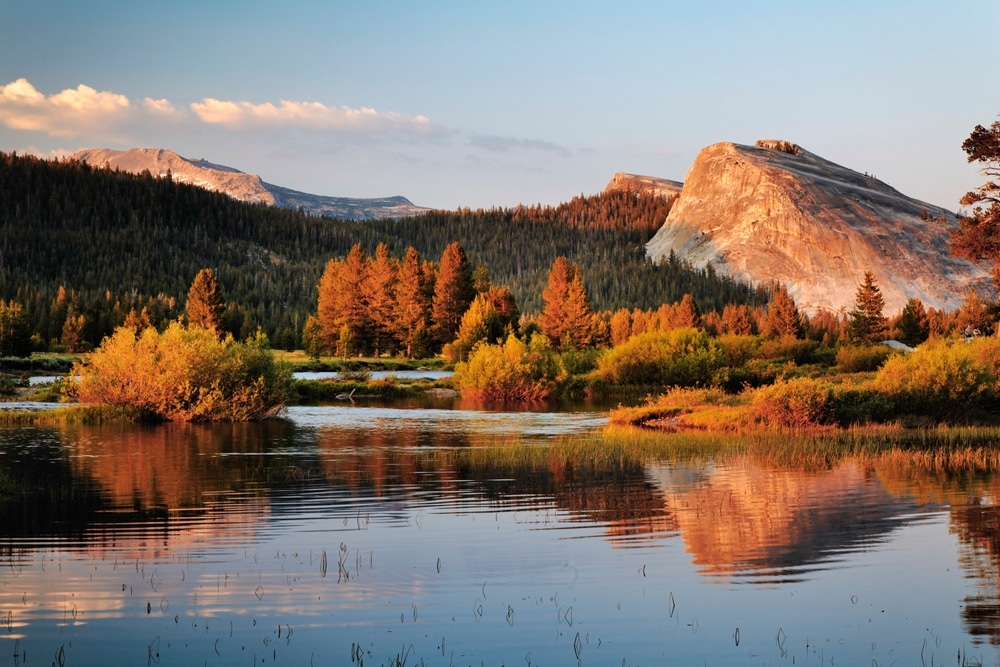
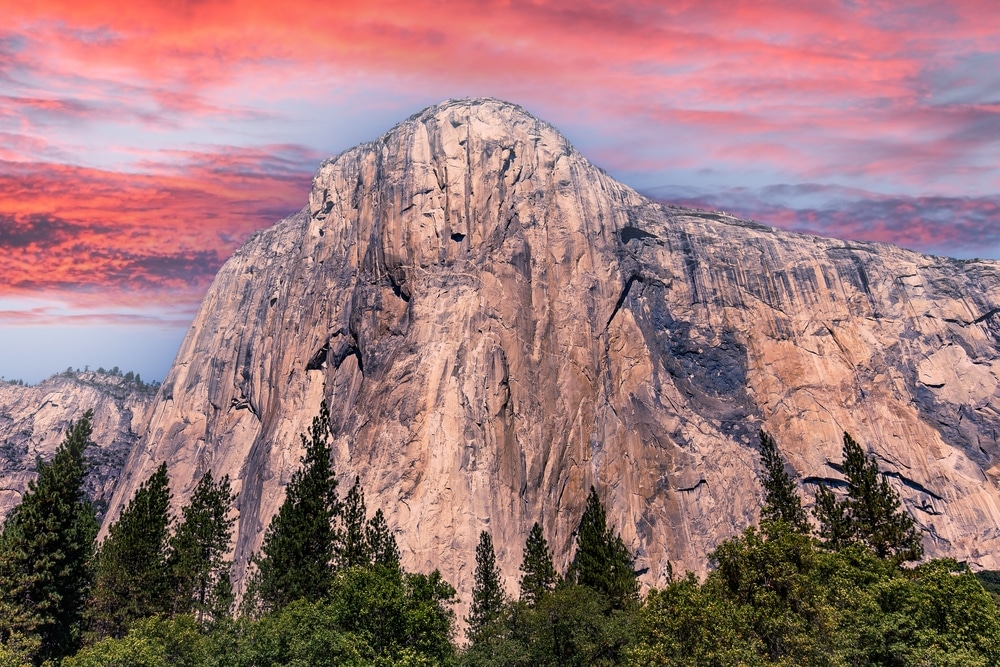
History: El Capitan, meaning “The Captain,” was named by the Mariposa Battalion in 1851. It is one of the largest granite monoliths in the world, standing at over 3,000 feet.
Unique Features: Known for its sheer vertical face, El Capitan is a mecca for rock climbers from around the globe. The famous climbing routes like The Nose and Salathé Wall challenge even the most experienced climbers.
Best for: Adventure seekers and photographers. Families can enjoy picnicking and watching climbers through telescopes at El Capitan Meadow.
Location: Yosemite Valley. Parking available at El Capitan Meadow.
Best Time to Visit: Spring and fall for climbing, year-round for photography.
Safety Tip: Beware of falling rocks if venturing near the base of the wall.
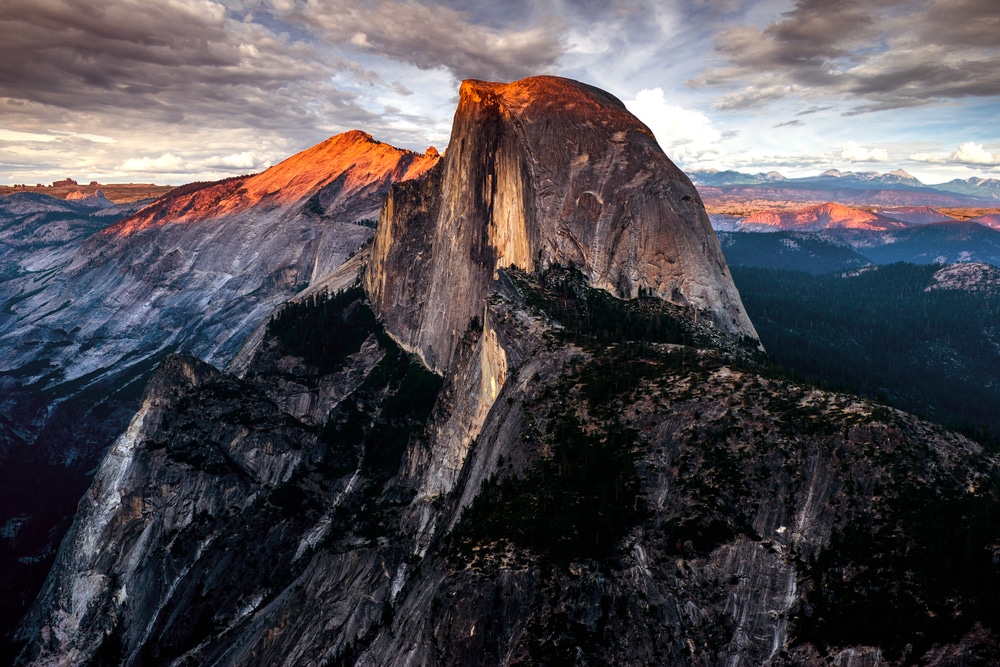
History: Half Dome was considered “unclimbable” until George Anderson reached the summit in 1875. Its distinctive shape is recognizable worldwide.
Unique Features: Hikers can ascend the peak via the iconic Half Dome cables, a challenging hike that requires a permit.
Best for: Adventurous hikers with strong endurance. Families can enjoy the views from Glacier Point or Curry Village.
Location: Eastern end of Yosemite Valley. Hike starts at Happy Isles Trailhead.
Best Time to Visit: Summer and early fall for hiking (permits required).
Safety Tip: Hiking Half Dome is strenuous and dangerous in wet conditions. Be prepared with proper gear.
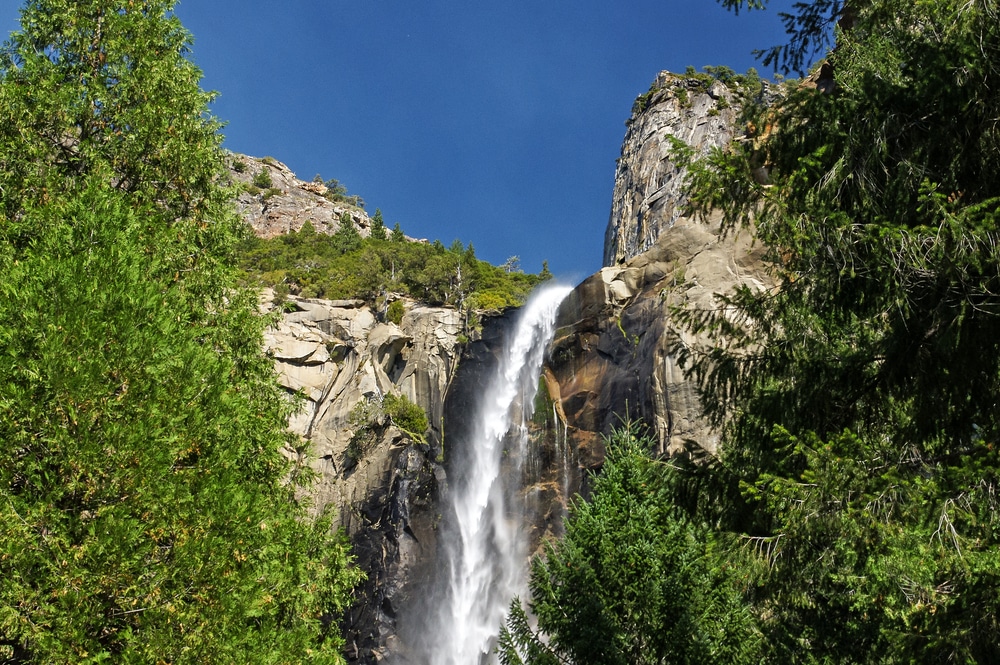
History: At 2,425 feet, Yosemite Falls is one of the tallest waterfalls in North America. It has been a focal point of Yosemite’s beauty since its discovery by early settlers.
Unique Features: The falls are divided into Upper Yosemite Fall, Middle Cascades, and Lower Yosemite Fall, making it a triple waterfall.
Best for: Families, photographers, and nature lovers.
Location: Yosemite Valley, a short walk from Yosemite Village. Parking and restrooms are available near the trailhead.
Best Time to Visit: Spring for peak flow; winter for ice formations.
Safety Tip: Stay on marked trails and be cautious around slippery rocks near the falls.
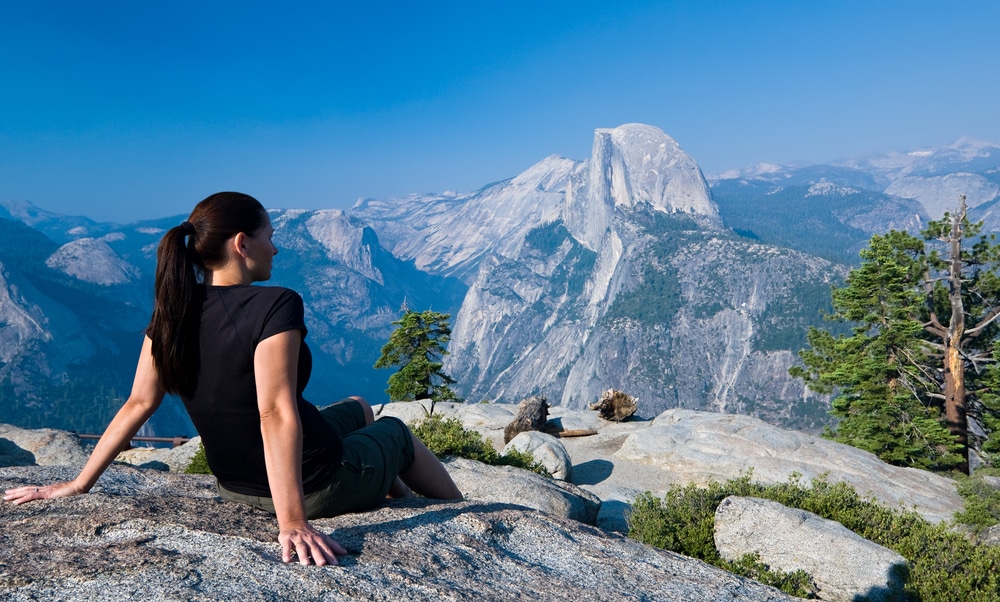
History: Glacier Point provides a panoramic view of Yosemite Valley, Half Dome, and the High Sierra. It has been a key viewing spot since the park’s early days.
Unique Features: The sweeping vistas from Glacier Point are perfect for sunrise and sunset photography.
Best for: Families, nature lovers, and photographers. Accessible by car, making it an ideal spot for those with limited mobility.
Location: Accessible via Glacier Point Road, 30 miles from Yosemite Valley.
Best Time to Visit: Summer and fall. Road access is closed in winter.
Safety Tip: Stay within marked areas at the viewpoint; there are steep drop-offs.
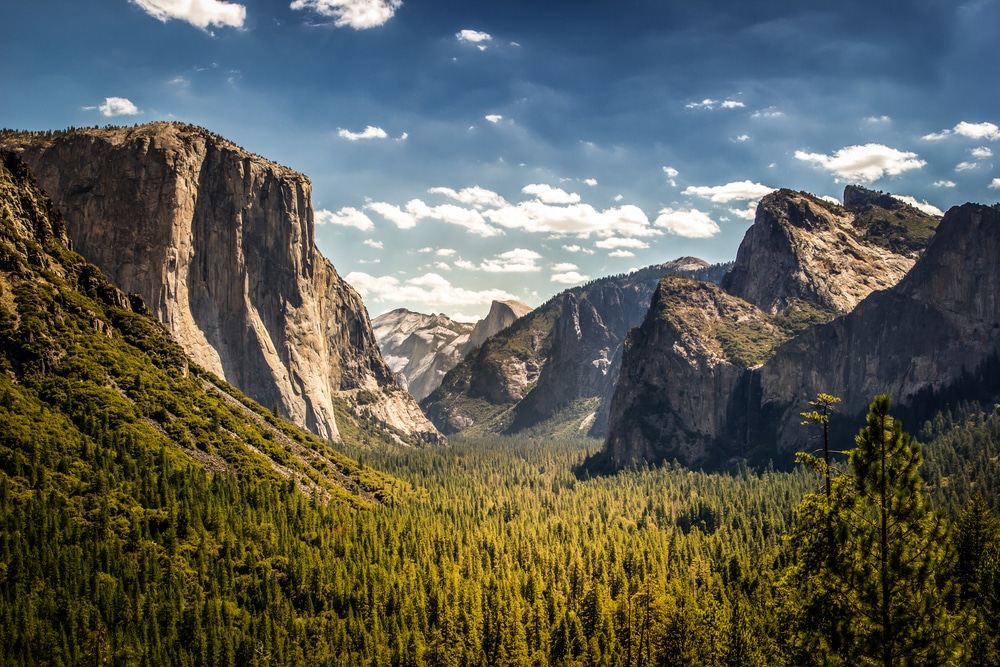
History: This viewpoint was created in 1933 and has since become one of the most iconic locations in the park, offering a panoramic vista of El Capitan, Half Dome, and Bridalveil Fall.
Unique Features: It’s the first breathtaking view many visitors see when entering Yosemite via Wawona Tunnel.
Best for: Photographers, families, and first-time visitors.
Location: Highway 41, just outside the Wawona Tunnel. Parking available on-site.
Best Time to Visit: Year-round, especially at sunrise or sunset.
Safety Tip: Watch for traffic when pulling in and out of the parking area.
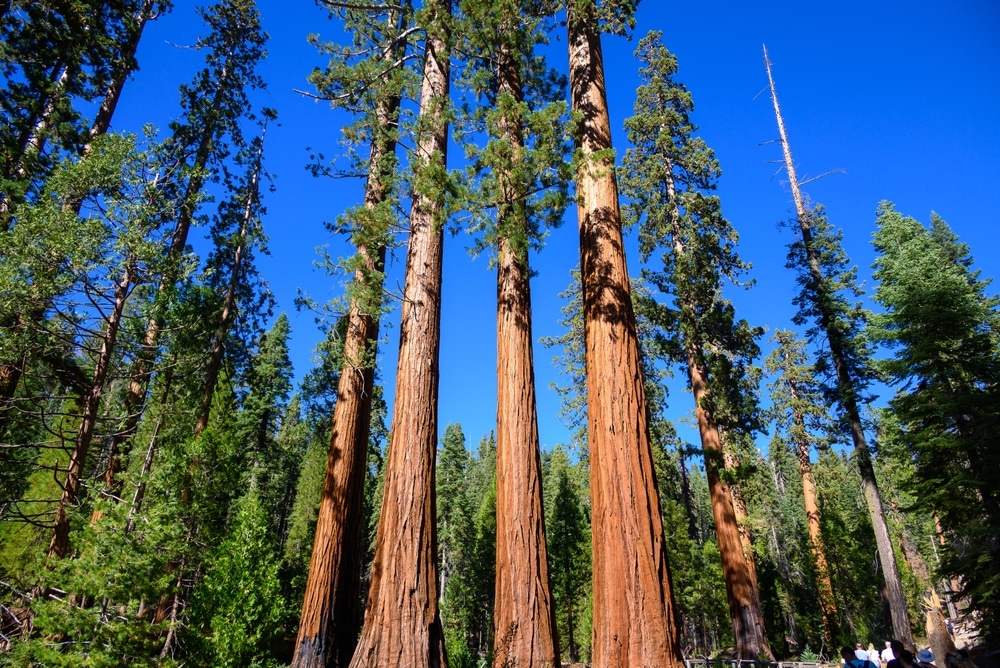
History: The grove was first protected in 1864 under the Yosemite Grant, which helped lay the foundation for national parks in America.
Unique Features: Home to over 500 mature giant sequoias, including the famous Grizzly Giant, one of the largest trees in the world.
Best for: Families, nature lovers, and history enthusiasts.
Location: Southern entrance of Yosemite, off Highway 41. Parking and restrooms available at the Mariposa Grove Welcome Plaza.
Best Time to Visit: Spring to fall. The grove is open year-round, but shuttle service is available only during the warmer months.
Safety Tip: Stay on designated paths to avoid damaging the fragile root systems of the sequoias.

History: Named by the Ahwahneechee people, who believed the mist from the waterfall blessed those who stood within it.
Unique Features: The 620-foot Bridalveil Fall is often the first waterfall visitors see when entering Yosemite Valley.
Best for: Families, hikers, and photographers.
Location: Yosemite Valley. Short trail leads from parking lot to the base of the falls.
Best Time to Visit: Spring for full flow; fall and winter for fewer crowds.
Safety Tip: Be cautious of slippery rocks near the base of the waterfall.
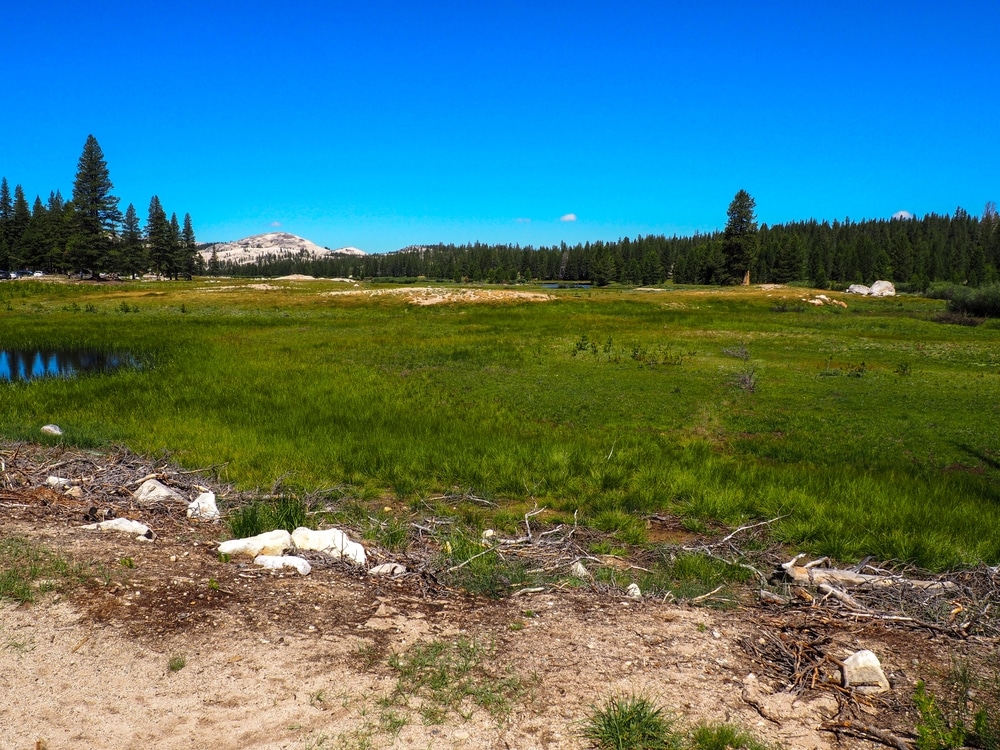
History: This subalpine meadow is a favorite summer retreat for campers and hikers. Its historical significance is tied to Native American use and early explorers.
Unique Features: Tuolumne River winds through this peaceful meadow, surrounded by granite domes and peaks.
Best for: Families, hikers, and those seeking tranquility away from Yosemite Valley.
Location: Located along Tioga Road, about 55 miles from Yosemite Valley. Parking and restrooms available.
Best Time to Visit: Summer and early fall. The road is closed during winter.
Safety Tip: Wildlife is abundant in this area; keep food stored properly and be bear-aware.
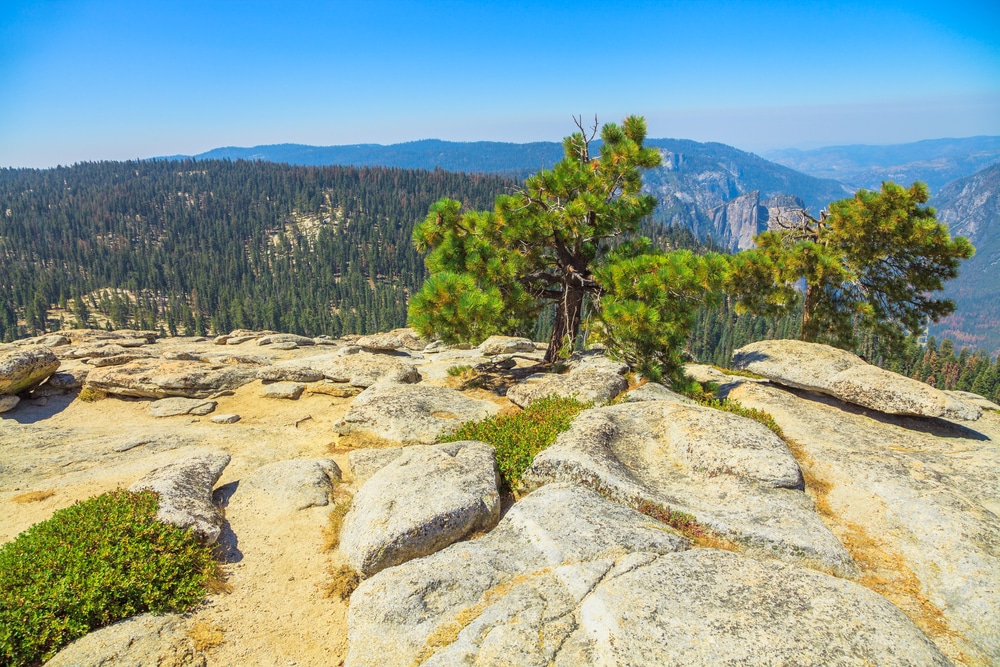
History: Sentinel Dome was made famous by photographer Ansel Adams, who captured some of his most iconic images from its summit.
Unique Features: A relatively easy hike to the top offers 360-degree panoramic views of Yosemite, including El Capitan and Half Dome.
Best for: Adventurers, photographers, and families with older children.
Location: Trailhead on Glacier Point Road. Parking available.
Best Time to Visit: Summer and fall. Glacier Point Road is closed in winter.
Safety Tip: The trail can be steep and rocky; wear sturdy shoes and bring water.
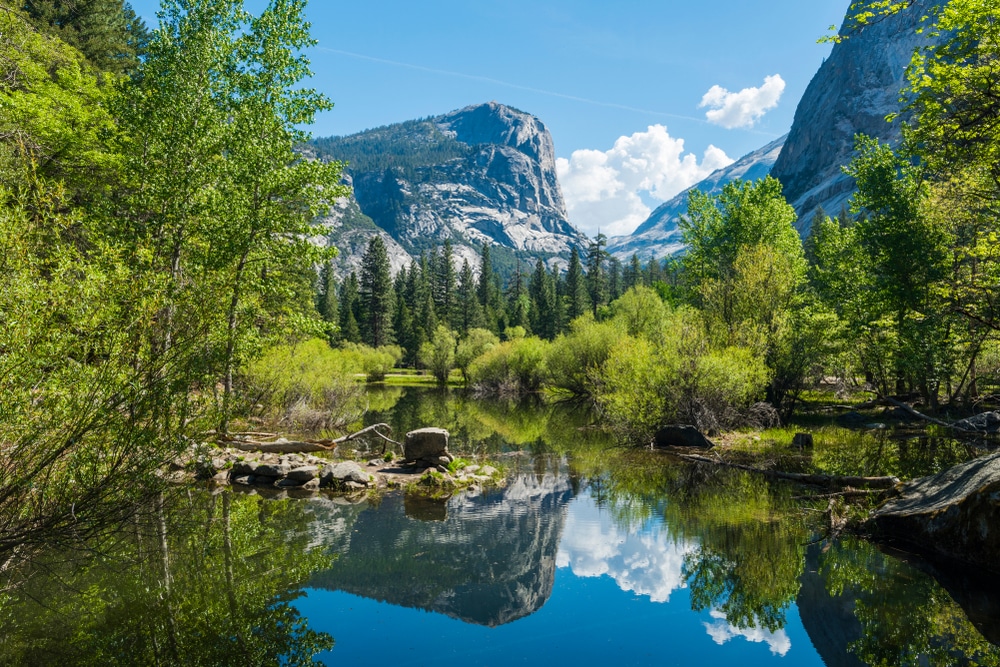
History: Once a full lake, Mirror Lake now appears seasonally, fed by Tenaya Creek, and reflects the nearby granite cliffs.
Unique Features: The reflections of Half Dome in the lake are picture-perfect, especially during spring.
Best for: Families, photographers, and casual hikers.
Location: Yosemite Valley. Parking available at Curry Village.
Best Time to Visit: Spring and early summer when the water levels are highest.
Safety Tip: Stay on the trail; the area can be muddy and slippery near the water.
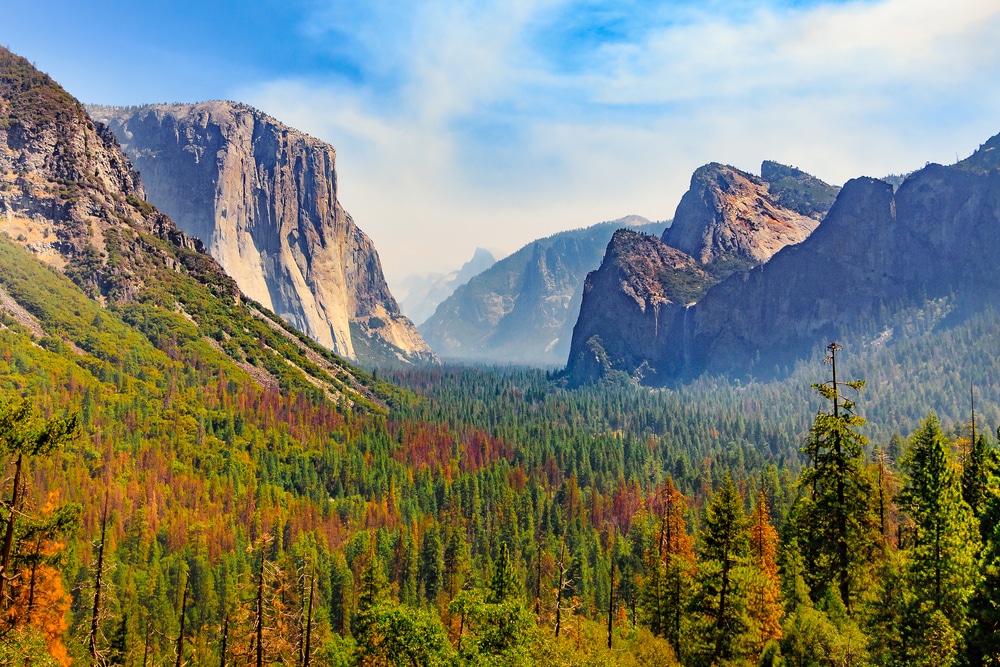
Valley View
History: Valley View is one of the most iconic and photographed locations in Yosemite, offering an unparalleled perspective of the valley’s grandeur.
Unique Features: The view includes prominent landmarks like El Capitan, Bridalveil Fall, and the Merced River. The calm waters often mirror the surrounding cliffs.
Best for: Photographers, families, and first-time visitors.
Location: Yosemite Valley, accessible via Northside Drive. Parking available at the viewpoint.
Best Time to Visit: Year-round; sunset provides dramatic lighting for photos.
Safety Tip: Be mindful of traffic when entering and exiting the parking area.
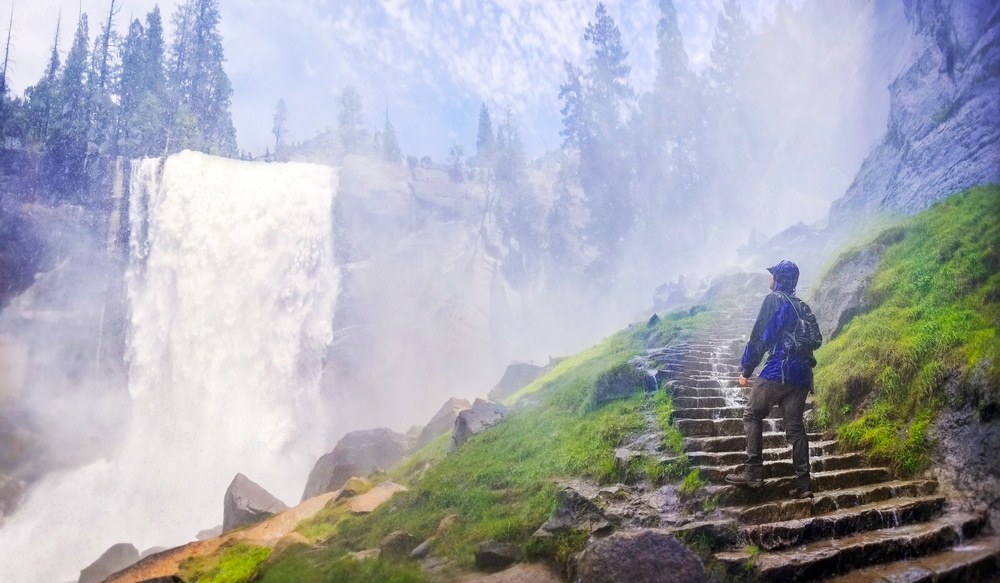
Vernal Fall
History: This waterfall has been a beloved sight for centuries, and its name reflects the lush greenery that surrounds it during spring.
Unique Features: Vernal Fall is accessible via the Mist Trail, a steep but rewarding hike. The 317-foot cascade is mesmerizing, especially when mist rises from the falling water.
Best for: Adventurous hikers and photographers.
Location: Trailhead at Happy Isles, Yosemite Valley. Parking available nearby.
Best Time to Visit: Spring and early summer when the fall is at its fullest.
Safety Tip: The Mist Trail can be slippery; wear sturdy shoes and be prepared for wet conditions.
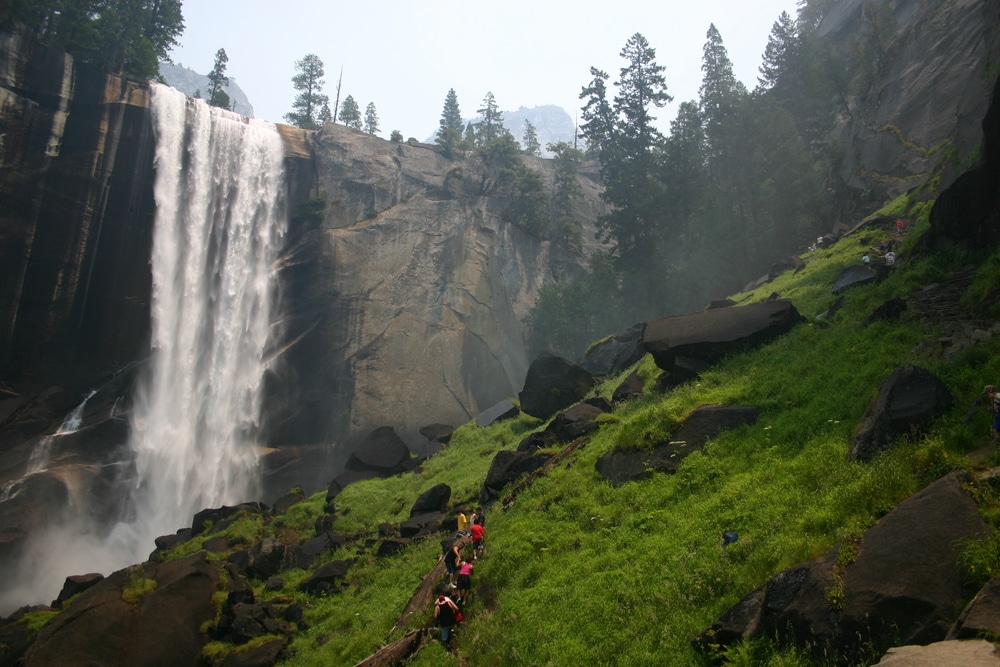
Nevada Fall
History: Nevada Fall is the second waterfall along the Mist Trail and was named for its resemblance to snow in certain light conditions.
Unique Features: At 594 feet, Nevada Fall is a stunning sight, especially from the top, which offers panoramic views of the surrounding wilderness.
Best for: Adventure seekers and experienced hikers.
Location: Follow the Mist Trail past Vernal Fall. Access from Yosemite Valley.
Best Time to Visit: Spring through fall, depending on snowmelt.
Safety Tip: The trail to the top is strenuous and requires caution around steep drop-offs.
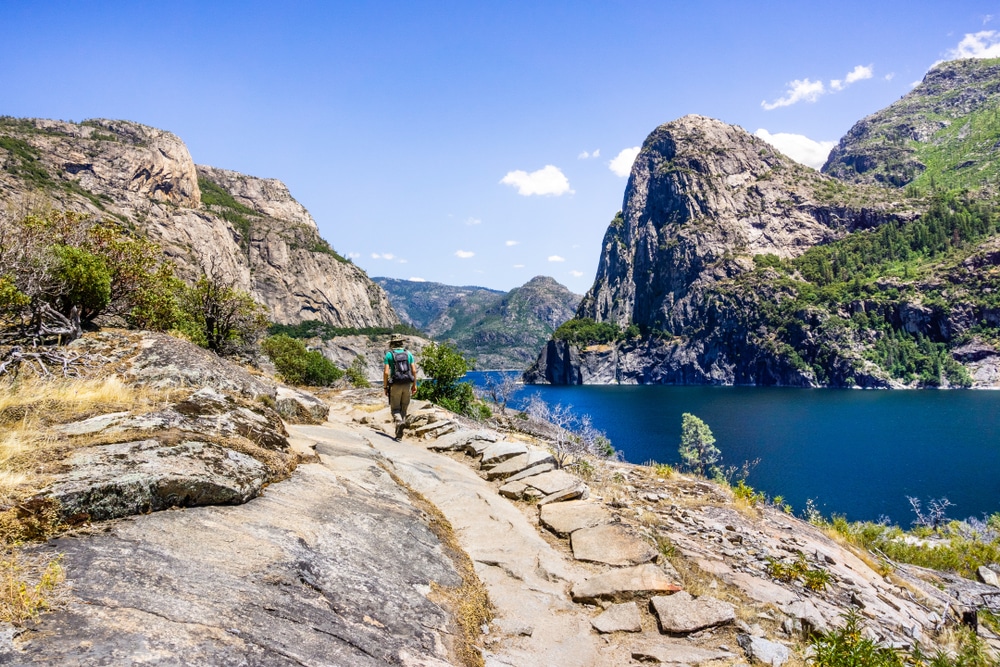
History: Controversially dammed in 1923, Hetch Hetchy was once a valley akin to Yosemite Valley. Today, it supplies water to San Francisco and is a beautiful hiking destination.
Unique Features: The reservoir is surrounded by dramatic cliffs and offers hiking trails with waterfalls, such as the Wapama Falls Trail.
Best for: Hikers, history enthusiasts, and those seeking quieter parts of the park.
Location: Hetch Hetchy Road, accessible via the park’s northwest corner.
Best Time to Visit: Spring and fall for hiking and viewing waterfalls.
Safety Tip: Watch out for heat in the summer; the area can become very warm.
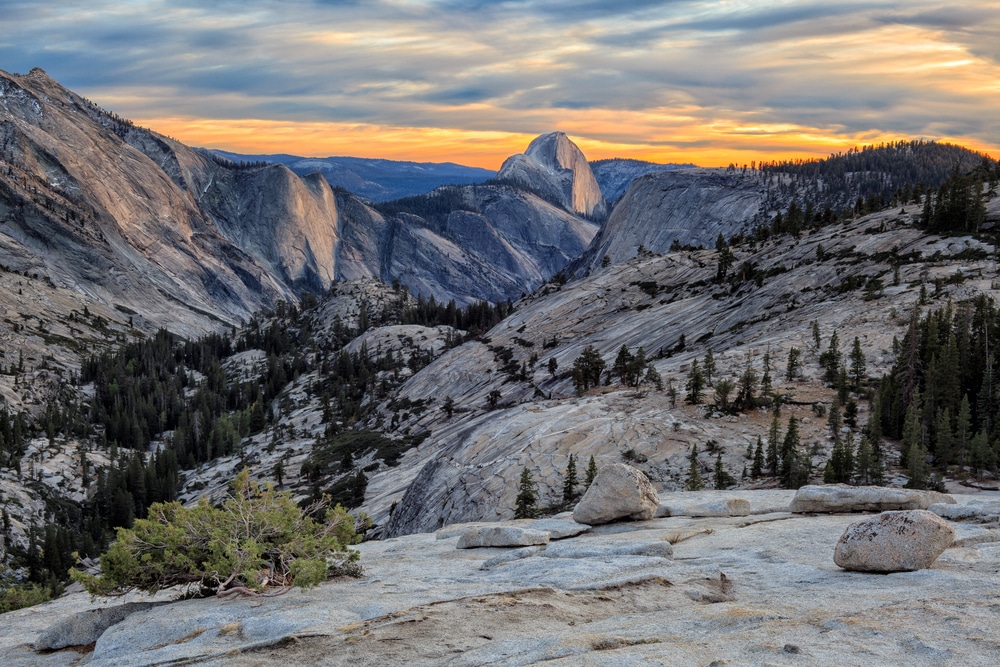
Olmsted Point
History: Named after famed landscape architect Frederick Law Olmsted, this viewpoint offers a stunning perspective of the northern side of Half Dome.
Unique Features: Panoramic views of Tenaya Canyon and its striking granite landscape.
Best for: Photographers, families, and those interested in geology.
Location: Tioga Road, about 30 miles from Yosemite Valley.
Best Time to Visit: Summer and early fall when Tioga Road is open.
Safety Tip: Be cautious when climbing the granite rocks; they can be slick.
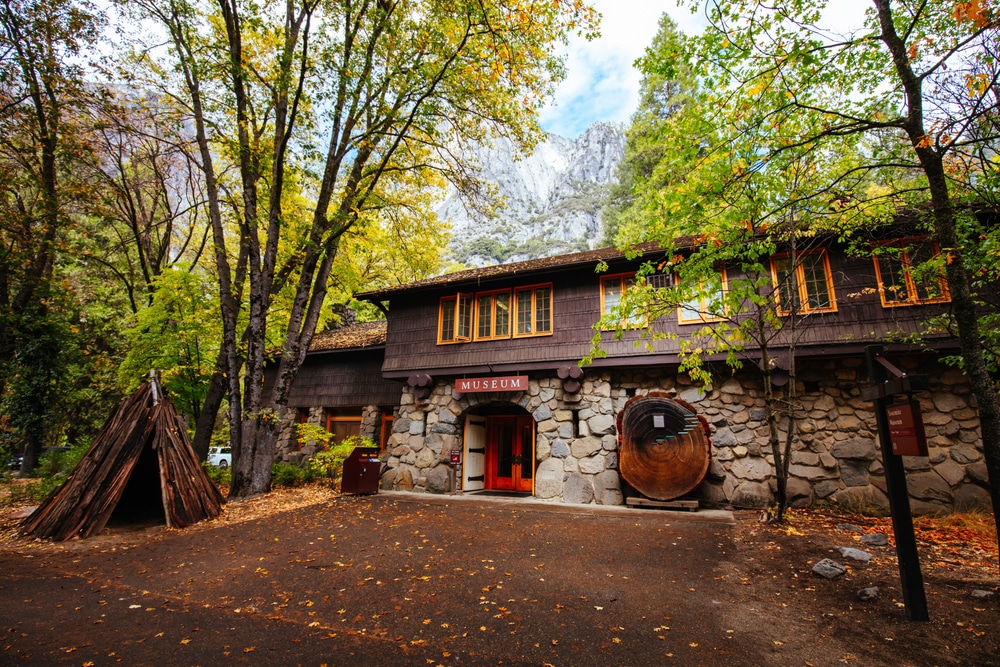
History: Established in 1925, the Yosemite Museum offers insight into the history and culture of the native Ahwahneechee people.
Unique Features: Exhibits include traditional basketry, clothing, and tools used by the native tribes that inhabited the region.
Best for: History enthusiasts and families.
Location: Yosemite Village. Parking available nearby.
Best Time to Visit: Year-round.
Safety Tip: Be respectful of the cultural artifacts on display.